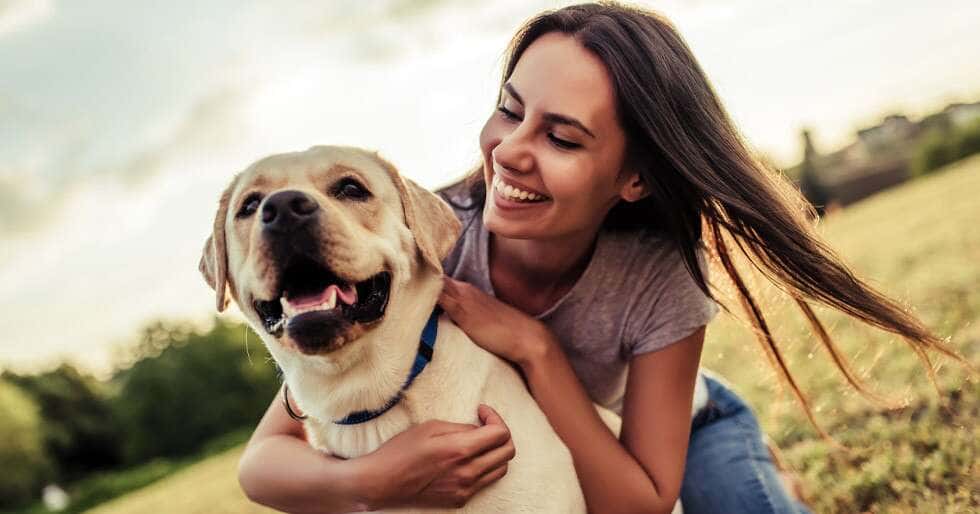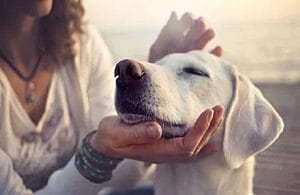Common Sense Measures To Protect Your Dog, Yourself And Others In Canine Social Settings

Common Sense Measures To Protect Your Dog
The optimum preventive regimen for your dog or dogs, including immunizations, heartworm prevention, and parasite control, should be discussed with your veterinarian (deworming and regular stool checks).
Please keep your puppy away from other dogs’ feces.
To ensure that your dog is completely protected against disease, make sure to maintain its vaccines current. For advice on your dog’s ideal immunization schedule, talk to your veterinarian.




You shouldn’t bring your dog to events for dogs if it has a sickness, is using steroids or other treatments that depress its immune system and lower its resistance to infection, or if it has any of these conditions. Instead, you should first talk to your physician.
Do not bring a sick dog to a gathering of dogs.
Do not approach or pet a dog that seems unwell. If handling your own dog or another seemingly healthy dog is necessary due to contact with an unwell dog, wash your hands thoroughly and change into clean clothing (or cover your clothes) as away.
Your own dog(s)’ waste should be disposed of in the proper containers.
Observe the restrictions and regulations applicable to the occasion or location.
Teach your dog to be obedient and good on the leash. You shouldn’t bring your dog to gatherings of dogs if it is not well-mannered around people or other dogs.
When at a gathering of dogs, keep an eye on your dog and pay attention to its behavior. Keep in mind that under these circumstances, you are responsible for your dog’s behavior. Remove your dog from the scenario and think about leaving the location altogether if they exhibit signs of hostility, fear, or illness.
Avoid interacting with dogs that seem hostile and notify the appropriate authorities of their existence and behavior.
Make sure your children are aware of safety around dogs before you bring them with you and your pet(s) to a dog event.
Educate yourself and them on dog bite prevention. Keep an eye on your kids while they’re at the dog event to make sure they’re secure and protected from harm (injury, bites, etc.).
Don’t let your dog interact with any wildlife of any kind. This includes any rabbits, squirrels, or other animals that might live in dog-friendly settings.
Do not approach wild animals or other animals acting strangely, and do not let your dog interact with them; instead, notify the proper authorities.
Avoid swimming in water when dogs are present (e.g., in dog parks, etc.)
Don’t let your dog drink any water that is plainly stale or standing. Bring water to the dog event, if you can, for both you and your dog.
Take the following steps to lessen your risk of being bitten by a tick or a mosquito:
Don light-colored attire.
To stop ticks from climbing up your legs from the ground, cover your legs with long sleeves and pants (if possible), and tuck the bottoms of your jeans into your socks.
Apply insect repellent.
Avoid going outside when there are a lot of insects around.
After any outdoor dog gatherings, check your dog for ticks and get rid of any that you find as soon as you can. Tick removal should be done as soon as possible to reduce the risk of the tick transmitting a disease to your pet.
Ticks should be removed by using tweezers to carefully grasp the tick as closely to the pet’s skin as is practical, then slowly and gradually pulling the tick free without twisting or crushing it.
The tick may regurgitate saliva into the wound if you try to smother it with alcohol, petroleum jelly, or apply a hot match to it. If the tick is diseased, this increases your risk of contracting a disease.
If you try to remove the tick by squeezing, twisting, or jerking it while its head is still buried in the skin, you risk leaving the tick’s mouth parts in your pet’s skin, which can lead to an allergic reaction and even infection.
To avoid coming into contact with the disease-carrying fluids from the tick after it has been removed, crush it in a napkin or tissue.
Allowing your dog to socialize and exercise with other dogs can be beneficial for his or her overall health, both mentally and physically. However, there is a risk involved for both dogs and their owners in these circumstances. You may reduce the hazards while still ensuring your dog’s welfare by using sound judgment.
A note about puppy socialization and the risk of disease
The socialization period for puppies, which occurs between 3 and 14 weeks of age, is essential for the behavioral development of a dog. Positive interactions with other dogs, people, sounds, and activities now can lessen the likelihood that the dog will later exhibit phobic or aggressive behaviors.
Lack of socialization increases the likelihood that puppies may exhibit behavioral issues that will make them unsuitable as pets and raise the likelihood that their owners will surrender them to shelters.
This period of socializing occurs during a time when dogs are most susceptible to infections with the canine parvovirus and canine distemper virus. Puppies need exposure to other dogs for socialization, but those dogs must be healthy and fully vaccinated.
Regardless of the number of doses given at an earlier age, the last dose of the parvovirus vaccination must be given to your puppy between the ages of 14 and 16 weeks in order to effectively protect it from canine parvovirus. Avoid bringing your puppy to dog parks or other places where it might be uncontrolled exposed to dogs whose vaccination records are uncertain or unknown until it is fully protected.
Participating in socialization lessons with a puppy can provide good possibilities for properly socializing puppies, but there is a danger of illness. Puppies in the classes should have similar ages and immunization histories, and they should be evaluated and deemed healthy by a veterinarian before beginning training in order to limit the danger.
Additional infection prevention is aided by good cleanliness (including prompt cleanup of “accidents” during lessons). At least seven days before the first lesson, the puppies should receive their first vaccination. Puppy socialization lessons shouldn’t be attended by puppies who are showing symptoms of illness, such as diarrhea, coughing, fever, etc., until they have fully recovered.
If you allow your puppy to associate with dogs owned by family or friends, be sure the dogs have had the necessary vaccinations and socialization to prevent unpleasant experiences that could have a detrimental impact on your puppy’s behavior in the long run. In the same way, if you have an older dog and want to bring a puppy into your home, make sure the older dog has received the necessary vaccinations.
It’s crucial to realize that the danger of infection is not at its lowest until 7–10 days after the final vaccination, at a pup’s age of 14–16 weeks, when you can enhance the introduction and socialization of the puppy to all canines.
See also:
Creator: PetsCareTip






